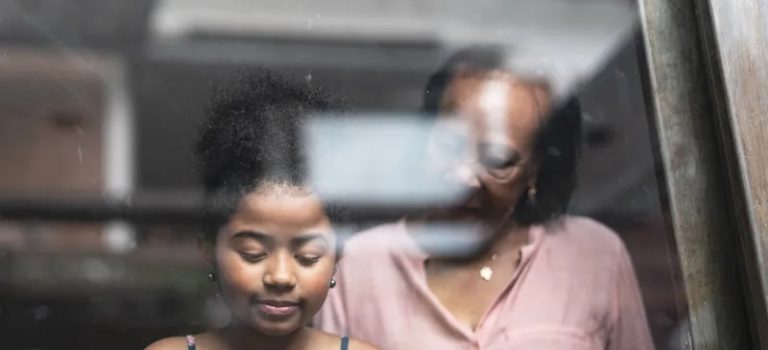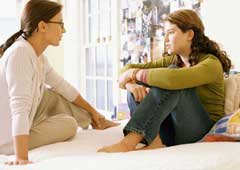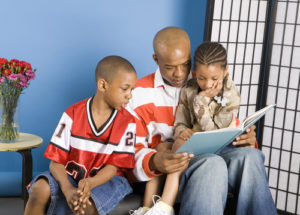Many parents assume, often incorrectly, that their children are getting sexual health information at school.
Parents I’ve interviewed tell me that they just wouldn’t know where to start having a conversation about sexual health and safety with their children.
Many parents assume, often incorrectly, that their children are getting sexual health information. Most parents also overestimate what their children learn in school and divorced parents may assume the other parent is handling ‘The Talk’.
In reality, the shrinking availability of sex education in schools has left many children at risk of learning about sex from pornography, and not from qualified educators. But there is a cost-free, apolitical fix: supporting parents to be the primary sex educators of their children.
Decades of research support the benefits of parent-led sex ed :
- Kids value parents’ opinions more than parents think;
- Kids who can talk to parents about sex make better decisions about sexual activity, sexual health and sexual safety;
- Having accurate knowledge and language about sexuality can help protect a child from victimization and victimizing others; and
- Parents should start long before puberty to share information and values about sexuality with their children.
Why don’t parents talk?
Many parents just don’t want to think of sex and their child in any way at all.
Some parents don’t want their child to be the only child in the schoolyard telling tales. And the current public environment may not feel conducive to open conversations meeting the gold standard of “medically accurate, age-appropriate information” about sexuality. For instance, long-respected books are being pulled from public libraries, opposing the policies of The American Library Association and the 2025 Presidential Proclamation acknowledging Child Abuse Prevention Month calls gender affirming medical care child abuse, exactly the opposite view of the American Academy of Pediatrics.
All of these are reasons to engage with your children on the topic of sex; use them as motivation to raise a child who understands that sexual health and safety is a natural part of life. Parents can choose what information and values they want shared in their home.
Key things all kids need to know
The American Academy of Pediatrics promotes the concept of anticipatory guidance – preparing for what’s coming next. Parents can provide anticipatory guidance for their children by ensuring they understand the basics, for instance:
- The names of all body parts;
- Knowing that genitals can feel aroused at any age, that responding to that feeling is private, and our responses change as we mature.
- Arousal gets stronger as kids reach adolescence and means nothing more than their body is maturing on schedule; and
- That menstrual periods and nocturnal emissions mean their bodies are getting ready for reproduction.
Parents must feel empowered to go beyond medical facts and share their values. For example, here are some catch phrases that may be helpful to explain concepts like consent, and abstinence until marriage: “In our family we don’t lie to someone to get what we want, like sex;” or “In our family, we believe that naked sexual activity with someone else waits for when we’re married/in love (fill in the family value). Click here to find a worksheet that parents can use together to help establish values for their family so they can share consistent messages.
Parents can also share a value I learned from the son of a minister, whose family started discussing sexuality at a young age. They told him that speaking to children about sex was a parent’s special privilege, and that children need to respect that by leaving that conversation to the other child and their parents.
Resources parents can bring into their family can be easily found; consider starting with your faith community.
Major religions promote the sanctity of the family unit, acknowledging that loving sexual relations among adults is a part of family life. Many national organizations offer resources that combine medically accurate information with specific religious values. Try entering your religion with the phrase, “sexuality education materials” into a search engine, and you’ll likely be pleasantly surprised with the results. You could also consider starting a parents’ group in your faith institution, where parents can read these materials together and support each other with activities like role playing to answer children’s questions.
My advice: Start now to tell your children what you want them to know and believe – before misinformation and values that don’t match yours get there first. Families are more important than ever in ensuring that kids are raised with accurate information and strong ethics and values. Click Here for links to resources designed specifically for parents.
| Expert Opinion: in The Philadelphia Inquirer, May 3 2025

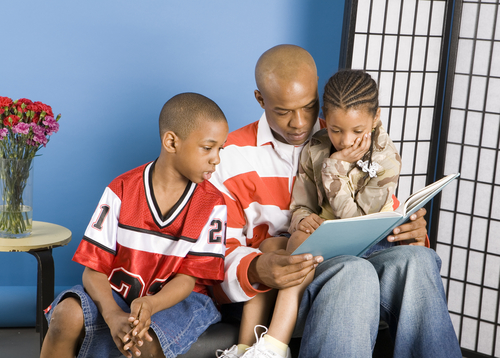


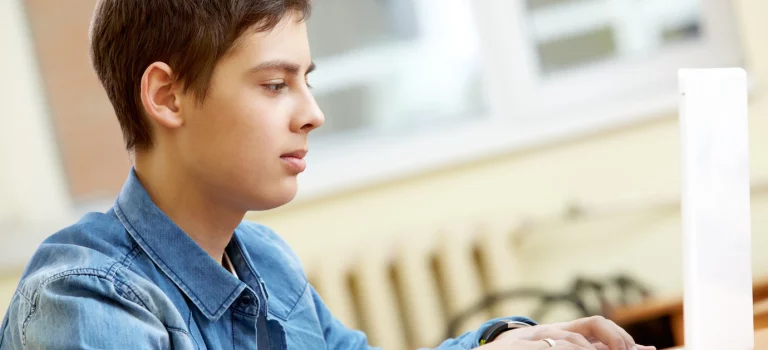
 A recently released
A recently released 
